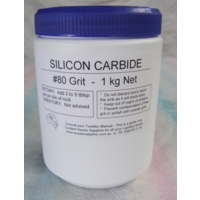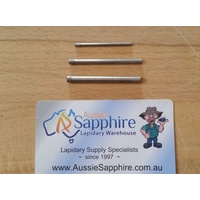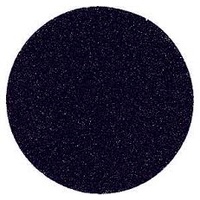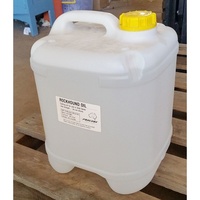Selecting the right coolant for Diamond Saws It is very important that you use an appropriate coolant in your saw to extend blade life and improve cutting performance. Excess heat on diamond saw blades is the fastest way to damage them so you must choose the right coolant.
We are often asked what is the best coolant to use in a rock saw and given that there are lot of different “recipes” out there, we thought a more thorough look at this topic would be useful.
The job of the coolant is three-fold:
- to cool both the blade and the material being cut
- to flush out abrasive particles formed while cutting
- and provide lubrication to keep the cutting edge clean.
It is vitally important that you use an appropriate coolant in your saw – this will extend blade life and improve cutting performance. Excess heat on any diamond tool (including saw blades) is the fastest way to damage the tool – using an inappropriate coolant will kill your blade quickly so choose carefully.
TRIM SAWS: for these smaller saws (up to 6″/7″ size), water is generally fine to use as the coolant. Some users choose to add a coolant additive to the water which has a rust inhibitor and surfactants to improve cutting performance. Please note that these additives will not completely prevent rust (you will still see rust forming at the water line if you leave the blade in water) – so we always recommend emptying out the saw reservoir after use. Examples of suitable coolant additives are Covington Koolerant #1 or Tool Cool – there are many others out there.
MEDIUM SIZE SAWS: for saws in the 8″ to 10″ range, we start to need a more efficient coolant such as oil. In a reservoir type saw, water usually does not pick up on the blade well enough to use as the coolant. For saws that use an overhead water supply via a pump, then water can be used as long as it is supplied freely at the point of the cut to provide maximum effect. Excess heat can cause blade glazing in sintered blades or remove diamond entirely for electroplated or cheap notched rim blades.
SLAB SAWS: Water should not be used in large power feed slab saws – water (alone or with an additive) is just not able to cool efficiently and can damage the power feed mechanism. We recommend a good quality cutting oil (light mineral oil) for best results in slab saws – for very heavy duty cutting, you may choose to use a cutting oil additive for better results on very hard stone. We recommend Rockhound Oil but there are other similar products available.
What about the old diesel or kero/oil mix?? This is a traditional coolant and many still use it but there are a few good reasons NOT to use in your saw:
- These mixes are very flammable with low flash point temperature – it is just not worth the risk of fire or explosion.
- The unpleasant smell makes it annoying during the cutting and it is very difficult to wash off the slabs after cutting.
- Dangerous to your health – even when used in an enclosed slab saw, the mist generated during cutting can be harmful. Can also cause skin irritations.
A light mineral oil has a much higher flash point (110°C or more) so are much safer to use – if you are cutting very hard rock. adding a bit of Covington Koolerant #2 will increase the flash point even more. These oils have almost no smell at all, are easy to clean off the slabs after cutting and are much kinder to your body (hands, lungs, etc). Play it safe – just use the right stuff.
If you are concerned about cost – note that these light oils can be filtered and cleaned for re-use. Low tech filtering can be done using layers of paper bag filters but Aussie Sapphire is now importing the EasyClean oil cleaning units to fit to your slab saw. These will conveniently clean your cutting oil and separate out the sludge for disposal – one initial investment means your oil will last longer, your blade will cut better and your saw will stay in good condition.
See this document from Barranca Diamond for more information on Slab Saw Coolants.
Also review this helpful document on Care and Feeding of Rock Saws (Richard Gindhart).







